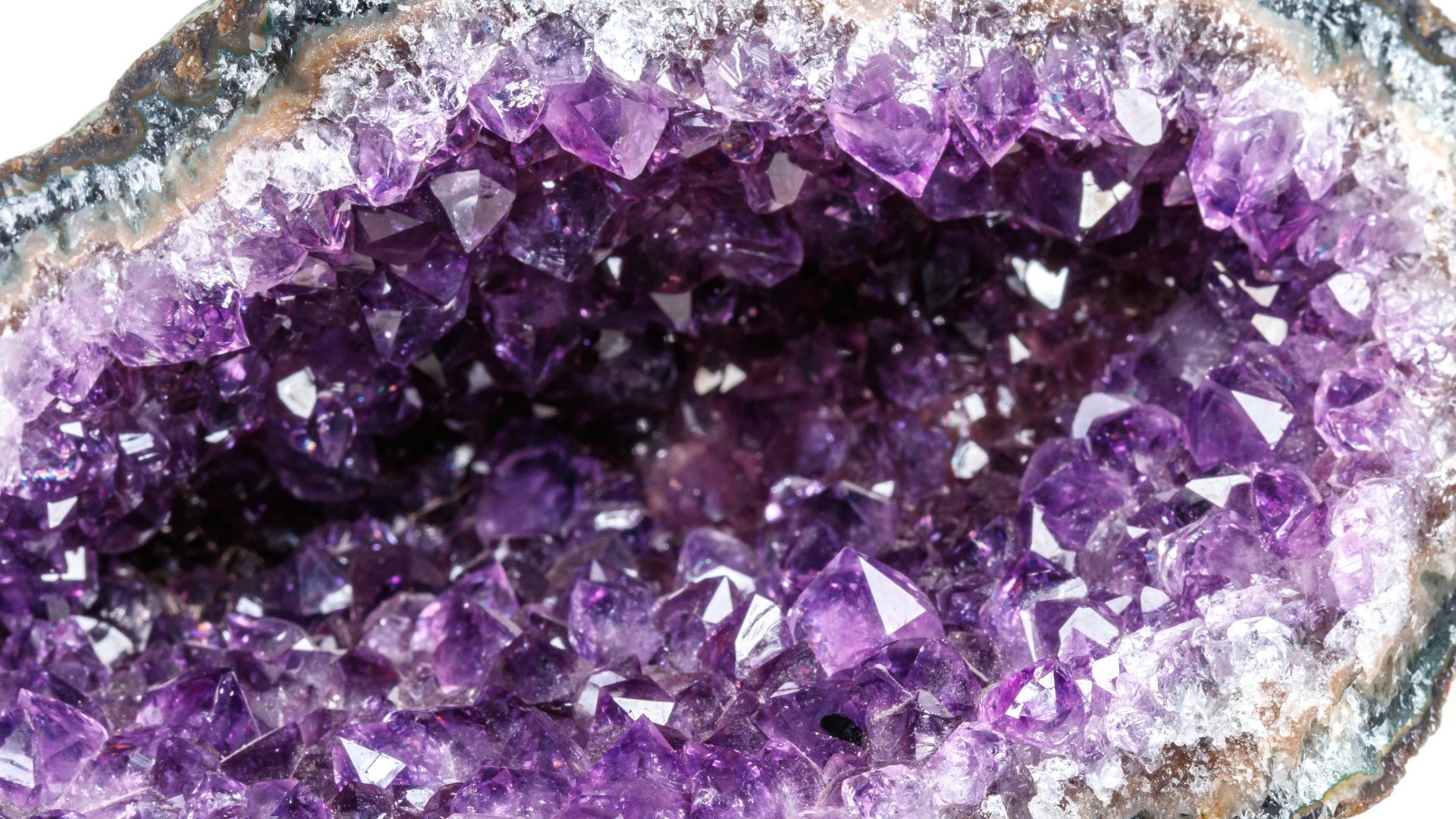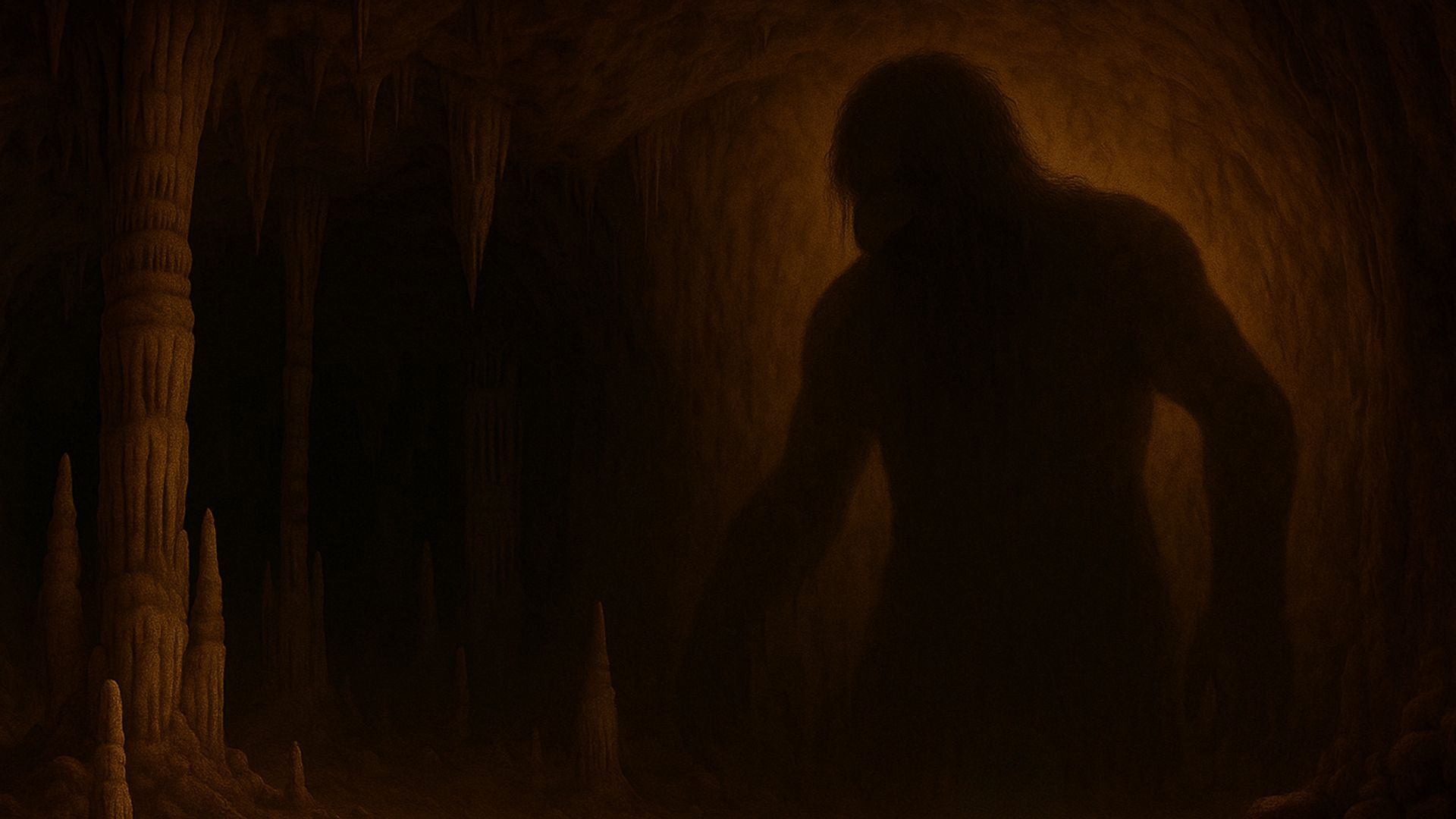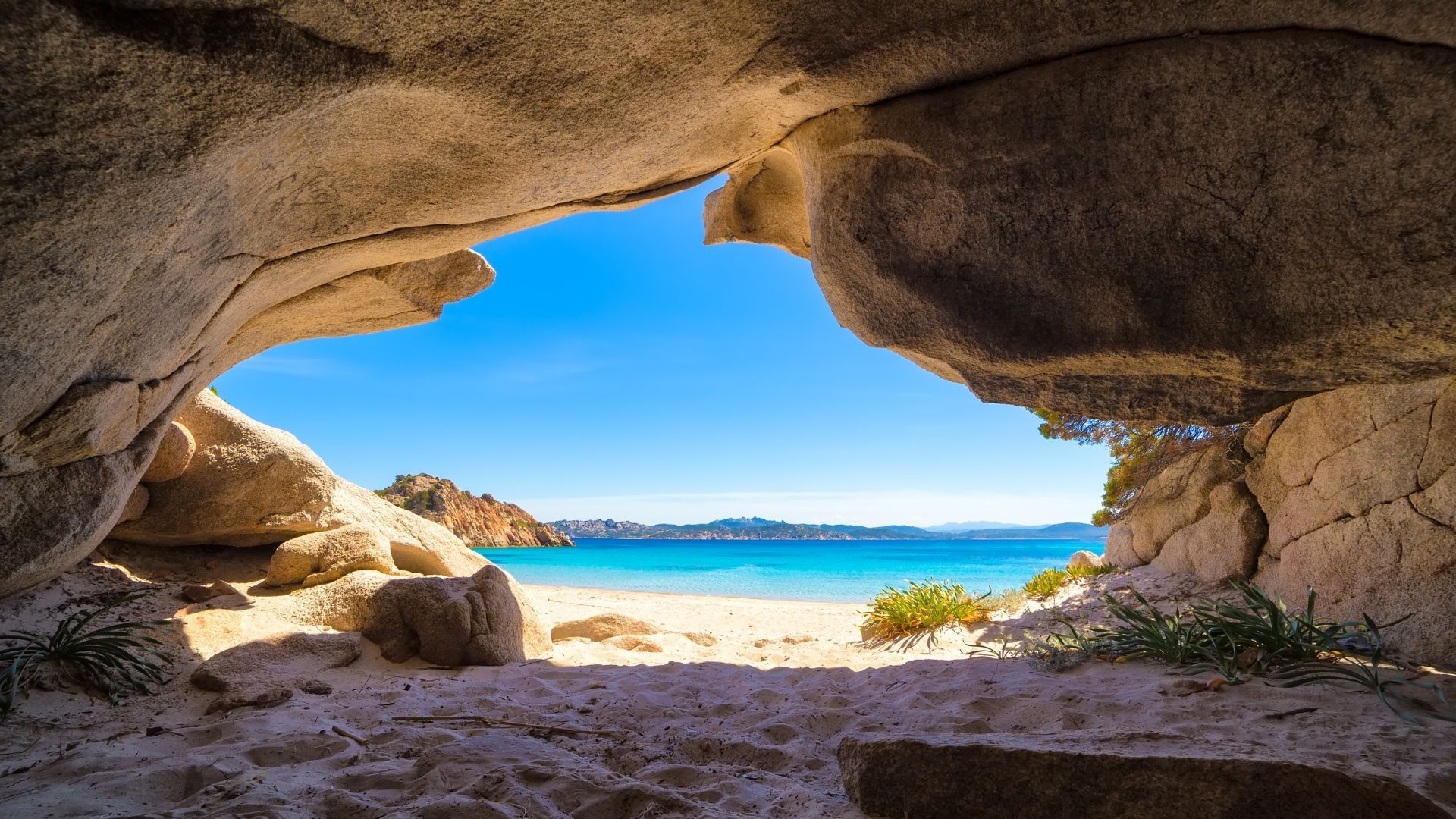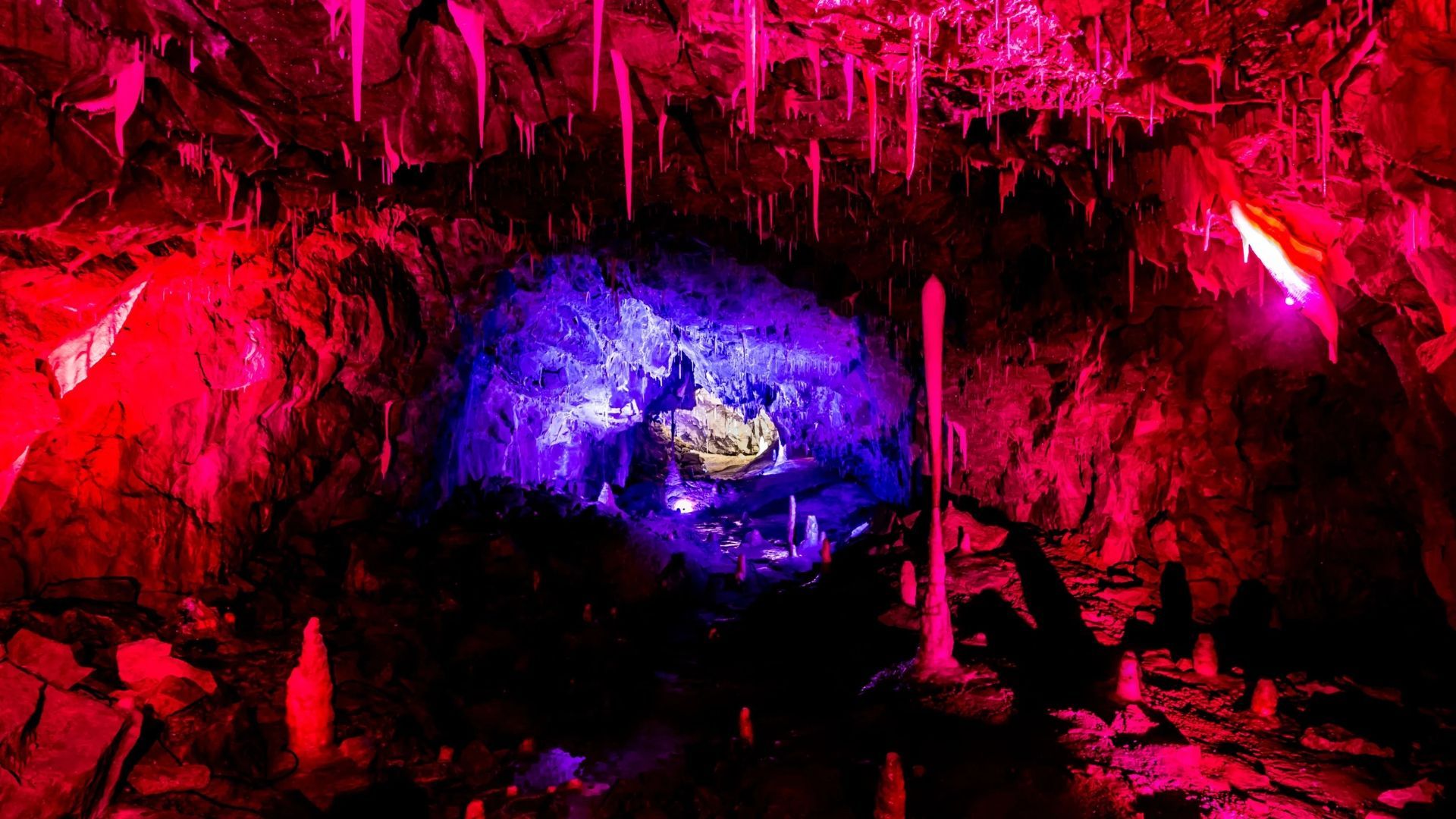Lava tubes are a type of cave formed in a geological instant. Join us on a journey into these baby caverns.
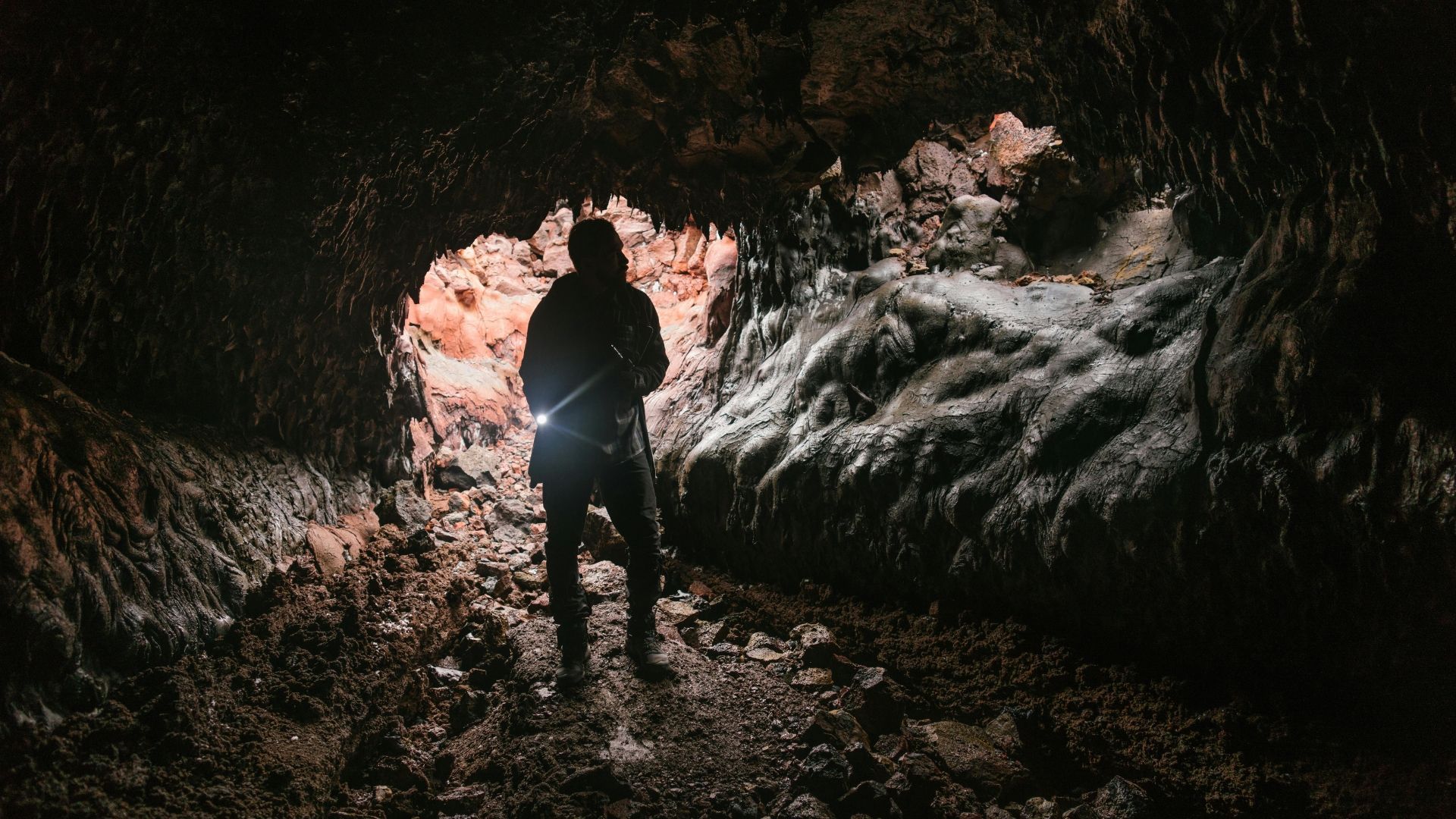
Near the city of Mbombela in South Africa, in the province of Mpumalanga, lie the Sudwala Caves. This 18-mile-long cave system is visited each year by tourists and scientists. But the Sudwala Caves aren't just any old caves – they are, in fact, the oldest caves in the world.
They're believed to have formed some 240 million years ago in rock that's more than three billion years old.
Many of the world's caves have similarly extravagant ages. But others are tens of thousands of years old rather than millions.
And some, you may be surprised to learn, are just a few years old. These are lava tubes, also known as "pyroducts", which are formed when molten rock cools.
These fiery tunnels aren't just remarkable natural features. They also teach scientists about the origins of life on Earth – and possibly on other planets.
Lava tubes: formed in an instant
Most caves on Earth are formed destructionally, meaning they're the product of erosion.
Take Stump Cross Caverns here in the Yorkshire Dales. Our caves were formed over tens of thousands of years by rainwater mixing with carbon dioxide in the soil and dissolving the limestone.
Other caves are formed inside mountains and other rocks when water slowly – and we mean
slowly –
erodes the rock.
Lava tubes, by contrast, are constructional. Rather than being formed over thousands or millions of years by a slow, attritional process, they burst into life in a second: "built," in the
words of cave scientist Francesco Sauro, "in an instant of geologic time".
When a volcano erupts, lava flows out – and as it cools, a crusty layer forms, which turns into rock. As the lava flows out from beneath the crust, a vacancy is left.
These lava tubes can range from a few feet wide to chambers up to 150 feet tall. Some are single tubes, while others take the form of interconnected systems. Some are even stacked on top of one another.
The case of Mount Fagradalsfjall

Depending on who you ask, there are about 1,350 or more than 1,500 active or potentially active volcanoes in the world. Each year, 50 to 70 erupt. And in March 2021, it was the turn of Mount Fagradalsfjall in Iceland.
This cluster of small ridges lies about 25 miles southwest of Reykjavik, Iceland, in a flat, moss-covered area. When it began to erupt in the valley between those ridges, it had lain dormant for 800 years.
This once-in-10-lifetimes event captured the imaginations of scientists and non-scientists alike. Tourists flocked to see the lava flow down the sides of the volcano.
Scientists, meanwhile, saw an opportunity to learn more about the origins of life, both on Earth and beyond.
Francesco Sauro was one such scientist. He's a speleologist (cave scientist) who works with NASA and the ESA (European Space Agency), using his expertise to get astronauts ready to explore other planets.
He saw the eruption of Mount Fagradalsfjall as a unique opportunity to learn about the formation of minerals and microbes in newly formed lava tubes. Speaking afterwards, he described the tubes as "like an incredible laboratory" and "a new world".
He and his colleagues entered the caves in October 2022, clad in the kind of protective gear normally worn by metal workers.
These baby caverns, you see, were still furnace-hot, and the air was too hot – and too toxic – to breathe. The scientists breathed from portable tanks filled with compressed air, monitoring the newly formed landscape with thermal imaging cameras.
They had two aims: one, to study the formation of minerals in caves and two, to pinpoint when microbes began to thrive.
This would have ramifications for our understanding of life on Mars, whether past or present. If minerals and microbes could thrive in the furious, waterless heat of these Icelandic lava tubes, why couldn't they thrive on Mars?
Sauro and his team's findings suggest that microorganisms can thrive in these environments. Exactly what this tells us about the origins of life on Earth or on other planets remains to be seen.

Where else are lava tubes found?
Iceland is famous for its volcanoes – but it's far from the only place on Earth where lava tubes can be found. In fact, they can be found anywhere where there's volcanic activity.
On La Palma in the Canary Islands, for instance, lava tubes – known as
caños de fuego
("fire pipes") were formed in 2021 when the Tajogaite volcano erupted.
Hawaii, meanwhile, is home to the world's most extensive lava tube. Kazumura Cave is 40.7 miles long – that's about the distance from the centre of London to the centre of Kent!
Other notable lava tubes include Surtshellir in Iceland, the Leviathan Cave in Kenya, Manjang Cave in South Korea and the Grotta del Tre Livelli in Italy.
Lava tubes in outer space
Lava tubes aren't only found on Earth. Examples can also be found in the Marius Hills region of the Moon. Meanwhile, partially collapsed lava tubes have been discovered in the Olympus Mons, Southeast Tharsis and Alba Mons regions of Mars.
How do we know? The answer is a combination of satellite imagery, remote sensing, robot missions and speculation based on the lava tubes we have here on Earth. Who knows what space scientists will discover next?
Can you visit lava tubes?
There are many lava tubes around the world that you can visit. Two famous examples are the Mojave National Preserve in Southern California and the Undara Volcanic National Park in Queensland, Australia.
Tourists can only visit lava tubes when they're fully cooled. There's a reason why speleologists wear metallurgist suits when entering newly formed lava tubes – and why, at the time of writing, the lava tubes at Fagradalsfjall are off-limits to tourists.
The world, meanwhile, is full of limestone caves – the ancient ancestors of these baby caverns. Why not visit us at Stump Cross Caverns in the Yorkshire Dales and explore this fascinating slice of our prehistoric past? Your
UK cave adventure awaits!

